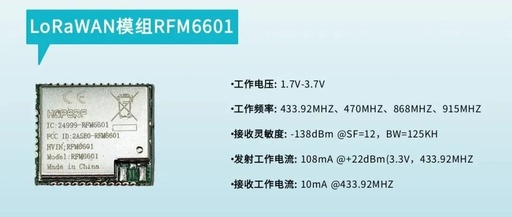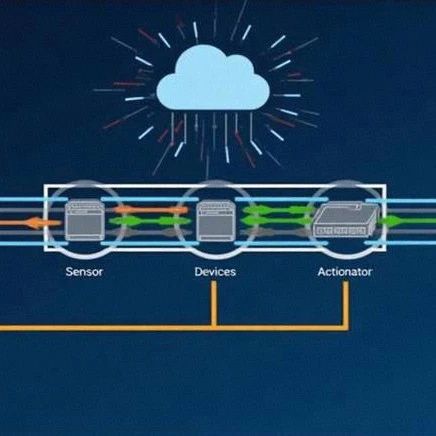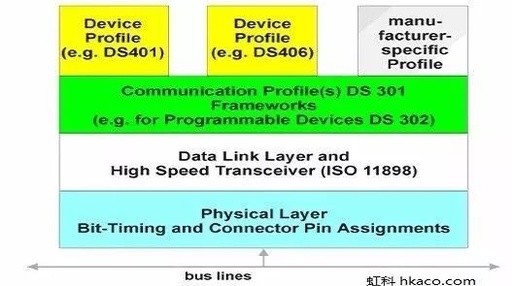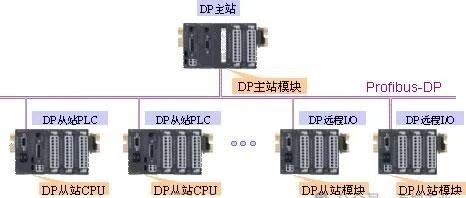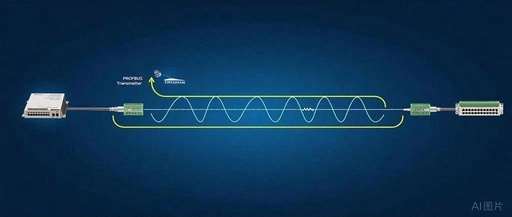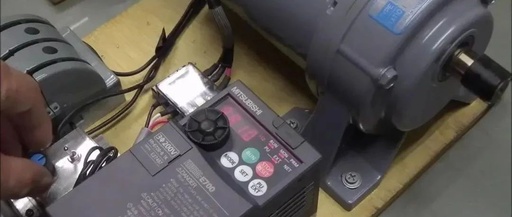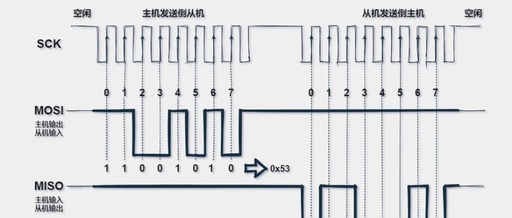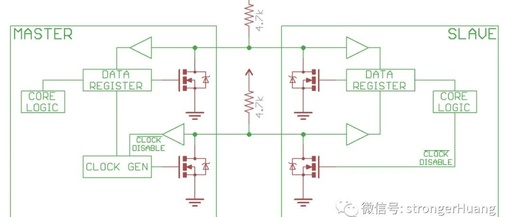Understanding the LoRaWAN Protocol: What Advantages Make It Stand Out?
In the contemporary Internet of Things (IoT) networking scenario, as the scale of sensor networks continues to expand and the number of connected devices keeps growing, issues such as channel congestion, interference, and signal distortion have become increasingly prominent. Additionally, there are often multiple communication rate requirements within the same scenario, making it increasingly difficult … Read more
